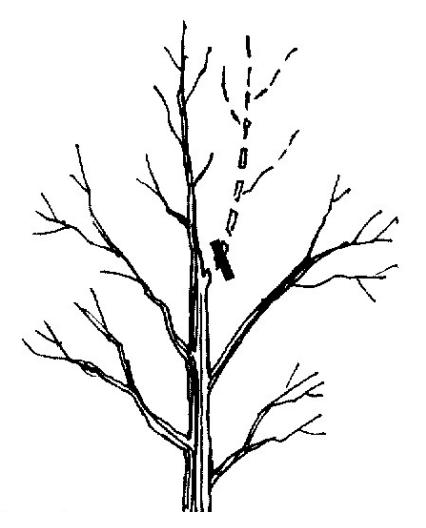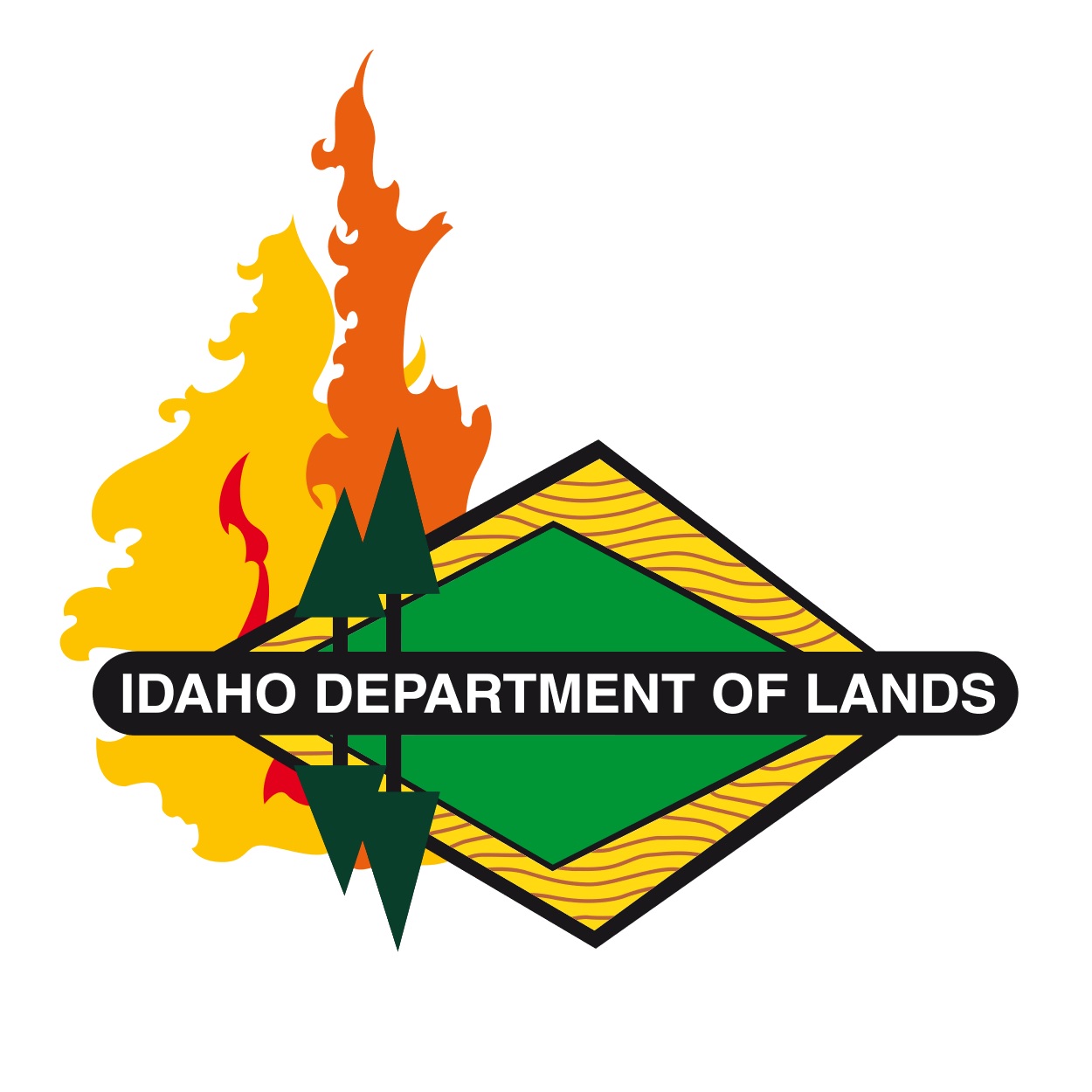Words Make a Difference: Trimming vs. Pruning

It is more than “political correctness” to adjust words we use as times change. Words convey meaning, so it is important to be as accurate and timely as possible in how they are used. Here are two examples in the field of
urban forestry: Trimming and pruning are not the same.
We trim hedges, like mustaches, but we prune trees – or should! The difference is that trimming, or shearing, is the indiscriminate removal of unwanted parts of the plant so that it conforms to a desired shape. Pruning, on the other hand, is the selection of specific branches to be removed for some specified reason.
Another term that has been changing in recent years involves hazards. What was once called hazard tree evaluation is now better termed risk evaluation. In the former, there seemed to be an assumption that hazards exist.
This may or may not be true. Instead, a different concept is a bit like crossing a street – there is almost always some risk involved, but how much? The purpose of a tree examination is to determine the level of risk compared with the level of tolerance for that risk given the specific circumstances such as size and nature of defects if any, the tree’s location, value of the tree, the presence or absence of so-called “targets” (people, buildings, etc.). As evaluations become more sophisticated and the stakes from damage become higher, it is increasingly important to use qualified personnel to do the work.
There are now training avenues available that lead to what is called TRAQ (Tree Risk Assessment Qualification) credentials. Communities are urged to take advantage of this qualification either in-house or when contracting with arborists.

